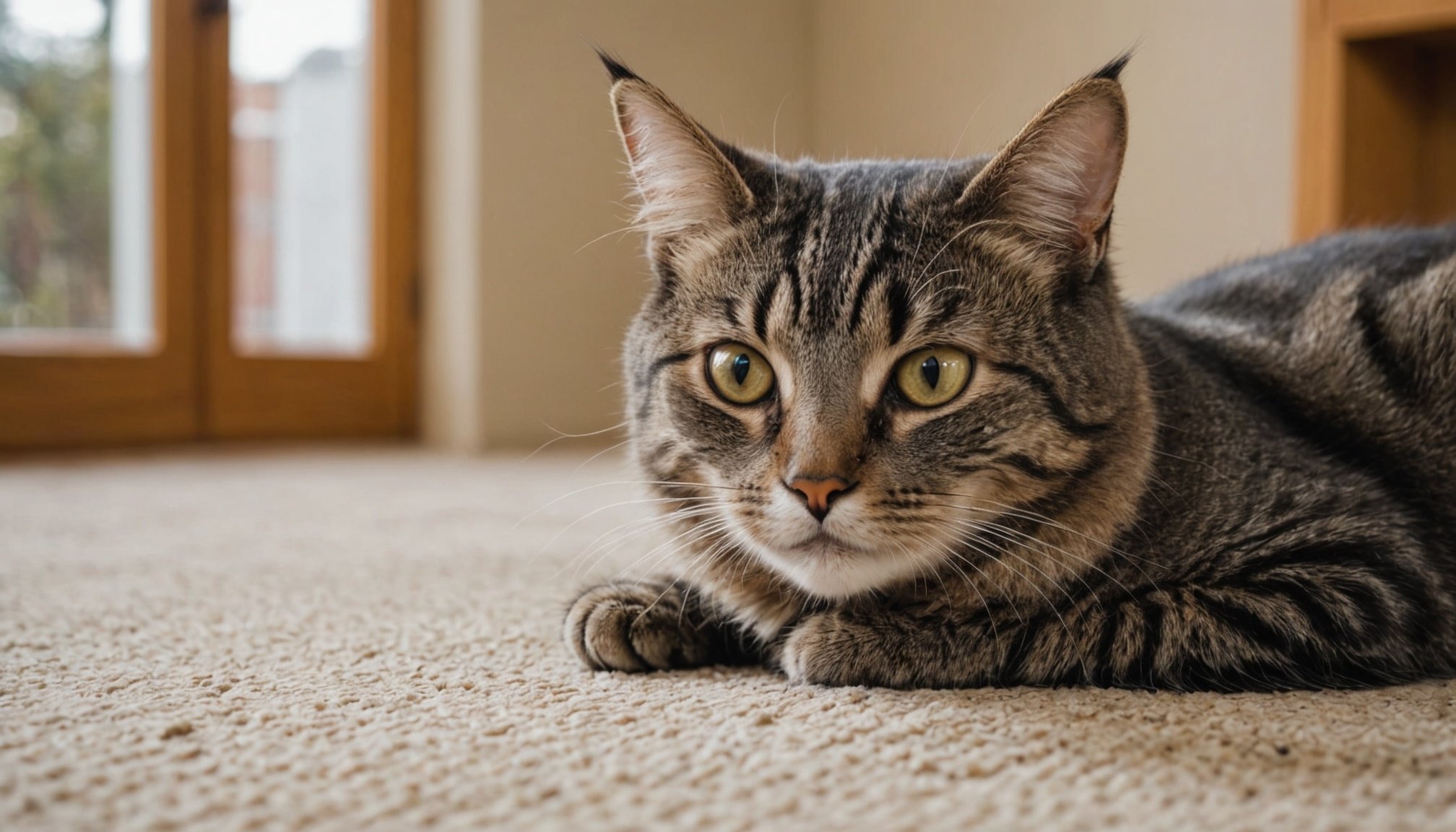Cats are creatures of habit and thrive in stable environments. When faced with changes in their routine or surroundings, such as moving to a new home, they can become anxious and stressed. Understanding how to support your feline friend during these transitions is crucial for their wellbeing. In this article, we will explore effective strategies to help your cat adjust to changes, ensuring they feel safe and secure as they navigate unfamiliar territory.
Understanding Cat Behavior During Transitions
Cats are known for their independence, but this does not mean they are immune to stress. When you move, for example, it may disrupt their familiar routine and surroundings. Your cat’s world is defined by its territory, and any change can lead to feelings of insecurity. This can manifest in various behaviors, including hiding, increased vocalization, or even aggression.
This might interest you : What unique challenges do senior cats face, and how can I address them?
Recognizing these signs is the first step in helping your cat cope. Some cats may cling to their owners, while others might retreat to a safe space. This is their way of coping with uncertainty. If you notice changes in your cat’s eating habits or litter box usage, these could also be indicators of stress.
Understanding your cat’s behavior during this period will help you tailor your approach. Providing a safe and consistent environment is essential. This means keeping some familiar items, such as their bed, toys, and scratching posts, accessible during the move. Familiar scents and objects can provide comfort and a sense of security in the midst of changes.
Also read : What essential supplies do I need to prepare before bringing a new kitten home?
Preparing for the Move: Strategies for Success
Preparing for a move involves more than just packing boxes. To ensure your cat adjusts well, start planning well in advance. One effective strategy is to slowly introduce your cat to the moving process. Allow them to explore boxes and packing materials before the big day. This helps them become accustomed to the new sights and smells without feeling overwhelmed.
Create a designated safe space in your home during the moving process. This could be a quiet room where your cat can retreat to if they feel overwhelmed. Make sure this space contains their essentials: litter box, food, water, and a cozy spot to rest. This sanctuary can help minimize stress and give them a sense of control.
Additionally, you might want to consider the use of feline pheromones. These synthetic sprays or diffusers can create an environment that mimics the comforting scent of your cat’s natural pheromones. This can help alleviate anxiety and promote a sense of calm. As you prepare for the move, maintaining a consistent routine is crucial. Feed and play with your cat at the same times as before to provide a sense of normalcy.
During the Move: Keeping Calm and Collected
On moving day, it is essential to keep your cat’s experience as stress-free as possible. Before the movers arrive, confine your cat to their safe space. This reduces the chaos and ensures they are not frightened by unfamiliar noises and strangers. Inform your movers of your cat’s location, so they can avoid that area while unloading your belongings.
If your cat is particularly anxious, consider using a carrier for travel. A familiar carrier can serve as a safe haven for your cat during the journey. Make sure the carrier is comfortable and lined with a cozy blanket or item that smells like home. During the trip, speak to your cat in a soothing voice to reassure them.
Once you arrive at your new home, take your time unpacking. Instead of letting your cat roam freely immediately, allow them to explore one room at a time. Set up their safe space first, including their litter box, food, and favorite sleeping area. This makes moving into the new environment less overwhelming. Gradually introduce them to other rooms and areas of the home, allowing them to explore at their own pace.
Post-Move Adjustment: Reinforcing Security and Routine
After the move, your focus should shift to helping your cat adjust to their new environment. Reinforce a sense of security by keeping familiar items in the same arrangement as before. This includes maintaining their feeding schedule and playtime routines. Predictability during this time will help your cat feel more at ease.
Monitor your cat’s behavior for signs of stress. If they are hiding or displaying any unusual behavior, give them time. Patience is key. Allow your cat to come out of hiding on their own terms. Forcing them into social situations may induce more anxiety.
Consider engaging your cat with interactive toys or play sessions to distract them and create positive associations with their new home. Using treats or a favorite toy can encourage exploration and help them feel more comfortable. Additionally, maintaining a calm demeanor yourself can influence how your cat feels; cats often pick up on their owners’ emotions.
Helping your cat cope with changes in routine or environment, such as moving, requires understanding, preparation, and patience. Recognizing the signs of stress and providing a supportive environment are essential steps in this process. By preparing your cat for the move, keeping them calm during the transition, and reinforcing their sense of security afterward, you can ease their adjustment to a new home.
Remember that each cat is unique, and their responses to change may vary. Take the time to observe and respond to your cat’s needs, offering comfort and reassurance as they navigate this new chapter in their life. With your support, your cat can adapt to its new environment and thrive once again.











